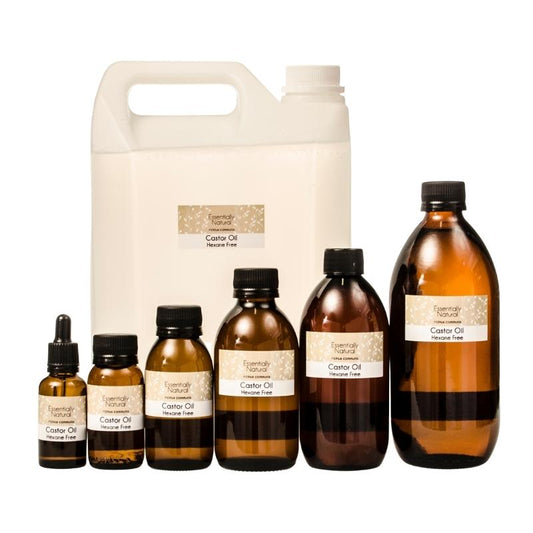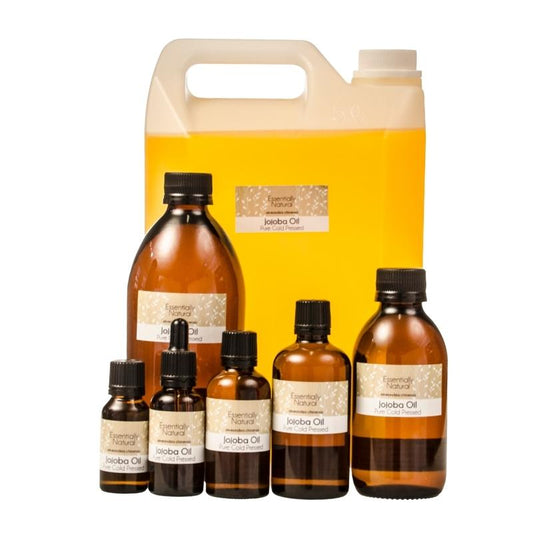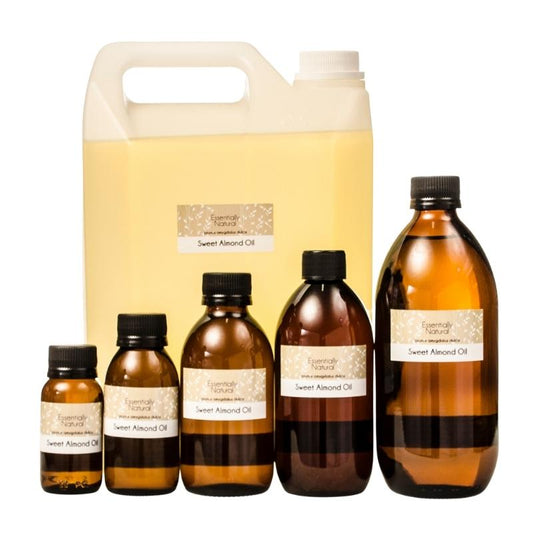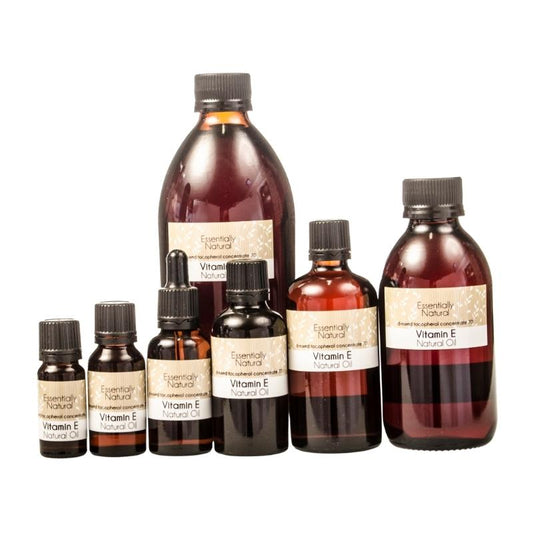
Bi Phase Cleansers
Juliette van der MeerWhat is a Bi-Phase Cleanser?
Bi phase cleansers are a little-known group of cleansers that are surprisingly easy to make, fun to use and have great skin benefits! A bi phase cleanser has two phases, an oil phase and a water phase. To use it, it needs to be shaken up so that you get both phases together in one squirt.
Why use a Bi-Phase Cleanser?
Bi phase cleansers work so well because the water phase is great for cleansing away water soluble dirt, while the oil phase is great for dissolving oil soluble makeup and grime on the face, as well as acting as a moisturiser. So technically a bi phase cleanser makes use of the oil cleansing method, but adapts it to include water.
Bi phase cleansers have a very pleasing user experience that makes for an attractive selling point: shake them up and watch the two phases merge and then return to their separate states. This is even more fun to watch if the phases are brightly coloured!
Can you make a Bi-Phase Cleanser?
Yes! Bi phase cleansers are so user-friendly to make because there are almost unlimited choices for oils, hydrosols and additives. You really can't go wrong with your ingredient choices. From a simple two ingredient (one oil and water) cleanser to a multi ingredient powerhouse cleanser, you can make your bi phase cleanser as simple or as complex as you like.
Here are some of our top recommendations for the oil and water phases.
Oil phase:
Fun additions: sea buckthorn berry oil for an orange red colour; infused oils for various properties and colours.
- Avoid avocado oil as it contains many phospholipids which can self emulsify.
- Avoid including essential oils as you will be using the cleanser close to the eye area.
Water phase:
- Distilled Water
- Botanical Infusion
- Hydrosol of choice
Additions: a humectant such as glycerine or propanediol; ACV (but check pH) - use 2-5% and keep in mind the vinegar scent; glycerites; other actives.
Interesting colours:
You can change the colours of the oil phase: seabuckthorn berry for an orange colour, activated charcoal for black (infuse into your oil), try spirulina infused oil for a blue-green colour, or make your own oil infusions with different coloured botanicals.
Or change the water phase: add a colourful glycerite to the water phase, or use an infusion that is coloured such as hibiscus or blue pea.
Formulas for Bi-Phase Cleansers
There is no hard and fast ratio of oils to water to use, so I would recommend starting off with a 50:50 ratio and seeing how you like it. Some people prefer a higher amount of oils for their nourishing and moisturising properties, or if removing stubborn water-proof makeup, while others don't like too much greasiness and will go for a higher water content. Here are some options:
- 25:75 oil to water
- 50:50 oil to water
- 60:40 oil to water/water to oil
Any ratio is fine - it's up to personal preference! This is a pretty unbreakable formula so just do whatever works for you.
Tips for Bi-Phase Cleansers
In a bi phase cleanser it is advisable to add a small amount of salt to the water phase. Salt accelerates the separation of the phases, so if you like that clean line between phases, then make sure to add it.
We also always add a preservative to give the product a shelf life.
This recipe is a 50:50 ratio of oil to water but feel free to adjust it to your preference.
Simple DIY Bi-Phase Cleanser
Ingredients
Oil phase
- 49.5% oil(s) of choice
- 0.5% Vitamin E
Water phase
- 48% water, hydrosol or infusion
- 1% salt
- 1% preservative - I recommend Geogard Ultra in this case as it has no scent and dissolves easily in water
- Optional: up to 5% extras and decrease water by 5% - ACV, actives, glycerites, etc.
Glass bottle - I would use either a plain cap or a pump cap bottle
Method:
- Blend the salt, preservative and any extras into the water phase.
- Test the pH of the water phase before you add your oil phase: you are looking for a pH of 4.5-5.5 or thereabouts.
- Blend you oil phase ingredients together.
- Add the water phase to a bottle.
- Carefully pour the oil phase in. You should see the two phases immediately separate with the oil on top and the water at the bottom.
























